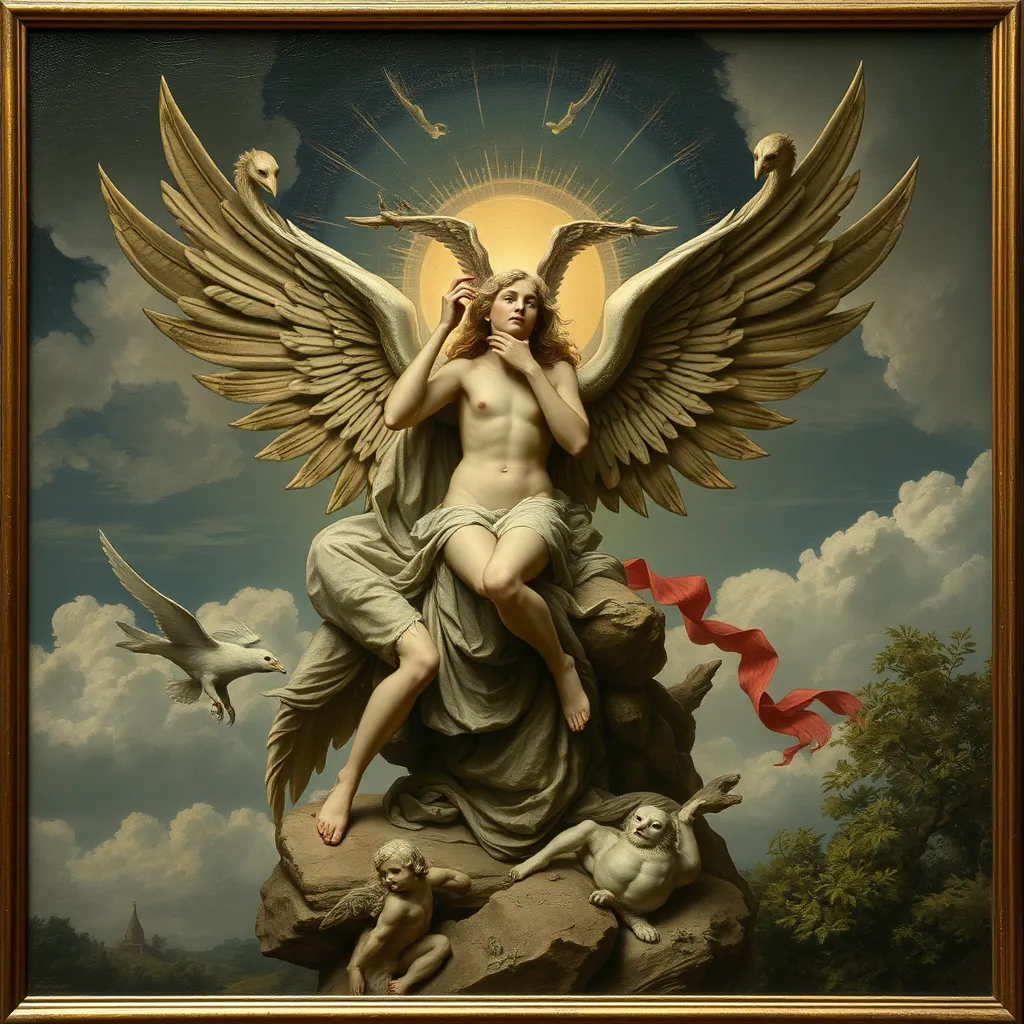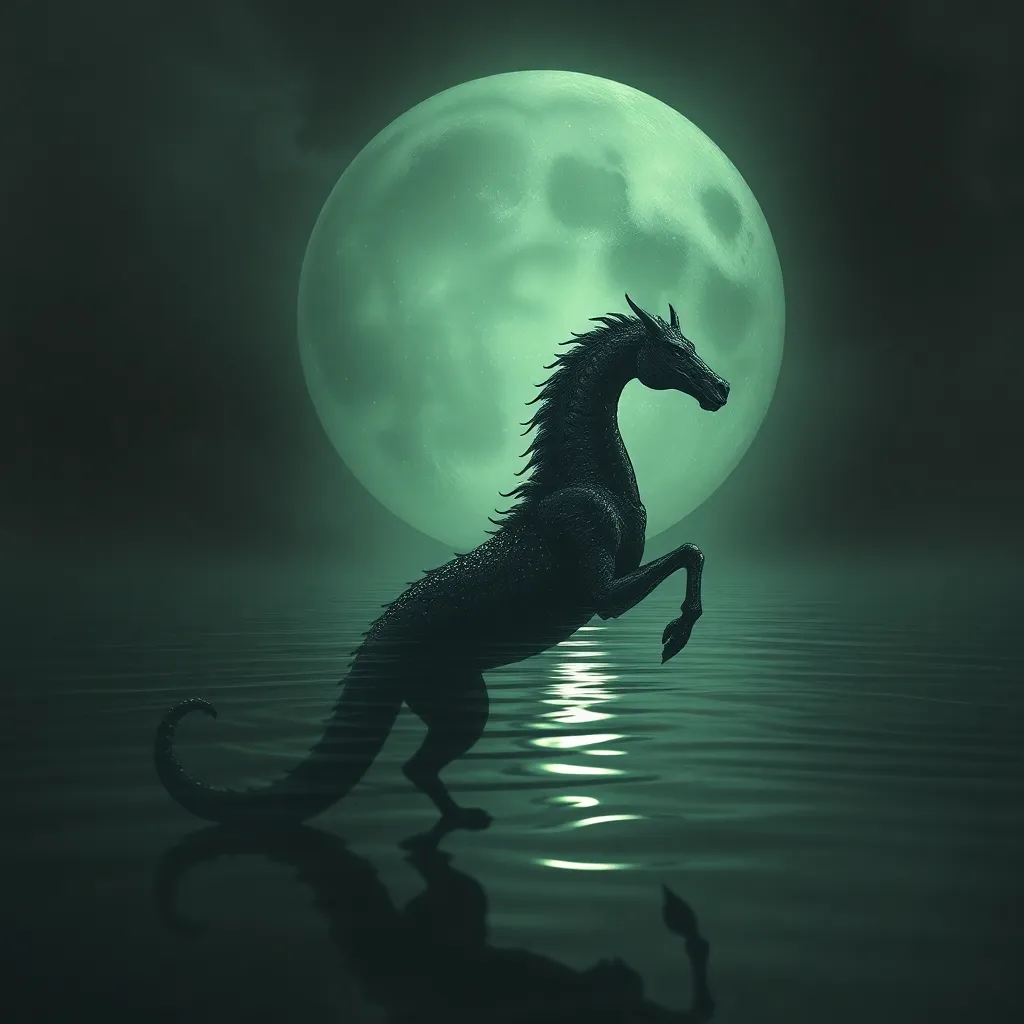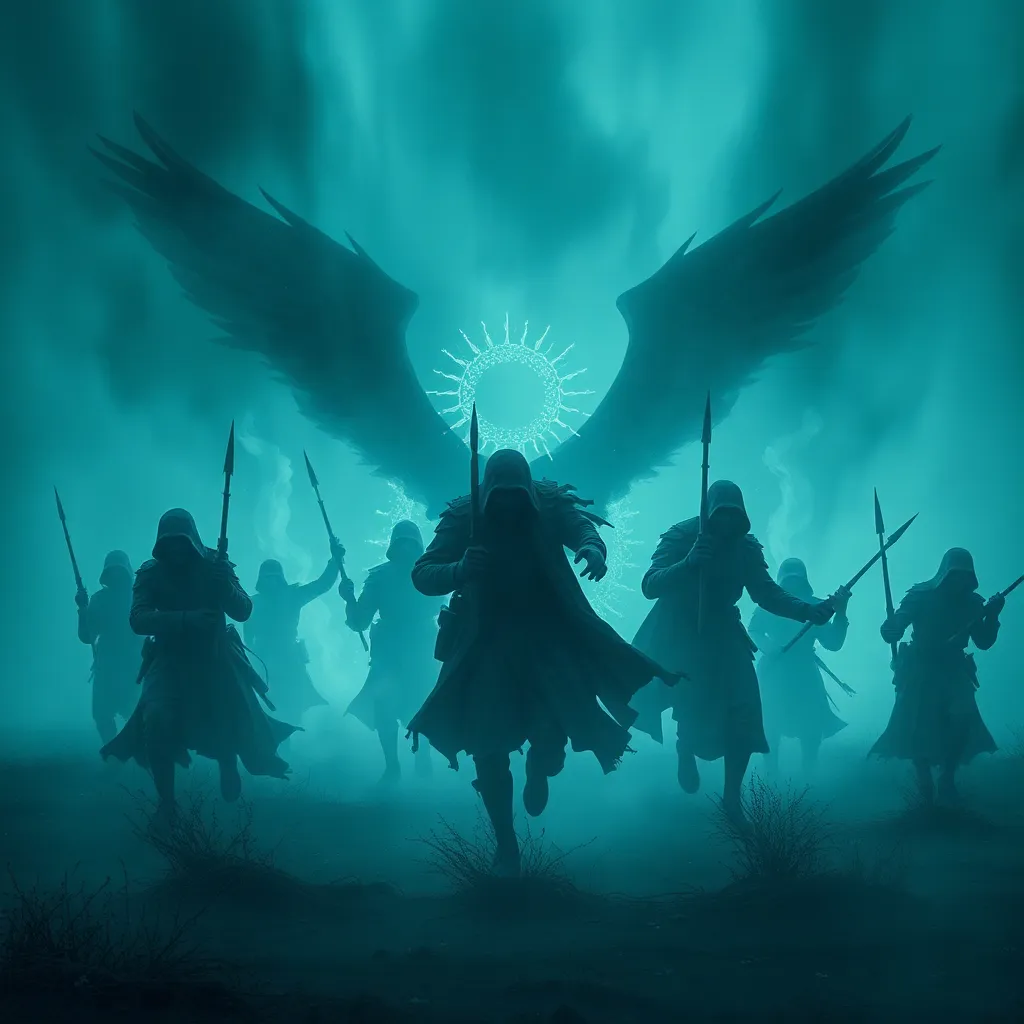The Unicorn in Ancient Greek Literature: A Mythological Beast
While the unicorn is often associated with medieval European legends and folklore, its roots trace back to ancient Greek mythology. The unicorn, known as the monokeros (Greek: μονοκέρωτος) in ancient Greek literature, is a captivating creature that embodies purity, magic, and divine power. Its appearance, abilities, and symbolic significance played a crucial role in shaping the mythological landscape of ancient Greece.
The earliest written accounts of the unicorn in Greek literature come from the works of notable authors like Ctesias, a Greek physician and historian who lived in the 5th century BC. In his writings, Ctesias describes the unicorn as a fierce and wild animal native to India, possessing a single, spiraled horn on its forehead. He also attributed the unicorn with the ability to heal and even purify water, making it a sought-after creature for medicinal purposes.
Later Greek writers, such as Pliny the Elder in his encyclopedic work *Naturalis Historia*, and Philostratus in his *Imagines*, continued to describe the unicorn with similar characteristics. These accounts establish the unicorn as a legendary being present in the ancient Greek world, a creature that captured the imagination of writers and thinkers alike.
The Unicorn’s Appearance: A Mixture of Mythical and Real Animals
The unicorn’s appearance in ancient Greek mythology is a fascinating blend of real and fantastical elements. Its body is often depicted as resembling that of a horse, a majestic and powerful animal revered in ancient Greece. The unicorn’s defining feature, however, is its single, spiraled horn, a unique element that sets it apart from any known creature.
The horn’s spiral shape was often described as resembling a corkscrew or a helix, symbolizing the unicorn’s connection to the divine realm and its ability to transcend the limitations of the physical world. Ancient Greek writers believed that the unicorn’s horn possessed magical properties, capable of purifying water, healing wounds, and even warding off evil spirits.
The unicorn’s appearance, with its combination of real and mythical features, suggests a creature that embodies the power and grace of the natural world while also possessing the supernatural qualities of a divine being. Its majestic presence and unique characteristics made it a captivating figure in ancient Greek mythology, capturing the imaginations of both writers and the general public.
The Unicorn’s Powers: Purity, Magic, and Healing
Beyond its striking appearance, the unicorn in ancient Greek mythology was revered for its extraordinary powers. It was often viewed as a symbol of purity, its horn believed to possess the ability to cleanse and purify both objects and individuals. The unicorn’s horn was sought after for its supposed healing properties, particularly for purifying water and treating ailments.
The unicorn’s magic was not limited to physical healing. It was also believed to possess the power to ward off evil spirits and protect against malevolent forces. The unicorn’s horn was thought to be a potent amulet against curses and spells, offering a sense of safety and tranquility to those who possessed it.
These powers were intricately interwoven with the unicorn’s connection to the divine. It was believed to be a sacred creature, a messenger from the gods, and its presence was often associated with good fortune and spiritual enlightenment. The unicorn’s magical abilities reinforced its role as a divine being, a creature capable of bestowing blessings and protecting those who revered it.
The Unicorn and the Virgin: A Symbolic Connection
In ancient Greek mythology, the unicorn’s association with purity and virginity was deeply ingrained in its symbolism. The unicorn, with its single horn, was often seen as a representation of chastity and purity, qualities highly valued in ancient Greek society. It was believed that the unicorn could only be captured by a virgin, signifying the importance of purity and innocence in its capture.
This connection between the unicorn and the virgin is further reinforced by its association with the hunt. The unicorn’s horn, believed to possess magical healing properties, was sought after by hunters, but it was only attainable by those who could tame the creature with purity and grace.
This association further emphasizes the unicorn’s role as a symbol of divine grace and the importance of virtue in ancient Greek culture. The unicorn’s capture by a virgin served as a powerful metaphor, highlighting the importance of purity and innocence in accessing the divine realm.
The Unicorn’s Role in Ancient Greek Religion: A Symbol of Divinity
In ancient Greek religion, the unicorn held a significant position as a symbol of divinity. Its association with purity, healing, and protection made it a revered creature, often depicted in temples and religious ceremonies. The unicorn’s presence was seen as a sign of divine favor, a reflection of the gods’ blessing.
Its horn, believed to possess magical properties, was often used in religious rituals and ceremonies. The unicorn’s horn was believed to purify and sanctify objects, making them worthy of use in sacred practices. It was also used in healing rituals, invoking the unicorn’s divine power to mend the sick and injured.
The unicorn’s presence in ancient Greek religion highlights its multifaceted role. It was not only a symbol of purity and divine grace, but also a conduit through which humans could access the supernatural realm. The unicorn served as a bridge between the earthly and divine, connecting mortals with the divine powers that governed their lives.
The Unicorn in Greek Art and Sculpture: Depictions in Ancient Works
While the unicorn’s presence is deeply rooted in ancient Greek literature, finding actual depictions of unicorns in ancient Greek art is not as straightforward. Unlike other mythical creatures like griffins or centaurs, whose imagery appears regularly in Greek artwork, the unicorn seems to have been a less prominent figure in visual representations. This could be due to the unicorn’s association with the divine and its rarity, making it a more symbolic figure rather than a visually prominent one.
Despite its less frequent appearance, there are some notable instances of the unicorn in ancient Greek art. For example, some scholars believe that the unicorn might be represented in ancient Greek art through the figure of the monoceros, a creature with a single horn often depicted in vase paintings and mosaics. These monoceros figures often bear similarities to the unicorn’s description in literature, suggesting a potential visual representation of the mythical beast.
The unicorn’s influence can also be traced in ancient Greek sculpture. Though not depicted explicitly, some scholars suggest that the unicorn’s characteristics may have influenced the depiction of other mythical creatures, such as the gorgon, a female monster with a single horn on her forehead. This intermingling of visual elements speaks to the unicorn’s enduring influence on ancient Greek artistic traditions.
The Unicorn’s Influence on Later Mythology: A Lasting Legacy
The unicorn’s mythology, born in ancient Greece, had a lasting influence on later cultures and mythologies. As the Roman Empire rose and absorbed Greek cultural influences, the unicorn found its way into Roman mythology, where it continued to be viewed as a powerful and divine creature, often associated with healing and protection. This enduring presence was further solidified with the rise of Christianity, as the unicorn’s symbolic connection to purity and innocence resonated with Christian themes.
During the Middle Ages, the unicorn became a prominent figure in European folklore and art. It appeared in various literary works, tapestries, and stained glass windows, often depicted as a symbol of Christ’s sacrifice, with the single horn representing the Holy Grail. The unicorn’s enduring popularity throughout history is a testament to the power and impact of its original Greek mythology.
The unicorn’s influence extends beyond European cultures. Its symbolism of purity, healing, and divine power has resonated with civilizations across the world. From Asia to Africa, the unicorn has appeared in various folklores and traditions, reflecting the universal appeal of its mythical essence. The unicorn, originally a product of ancient Greek imagination, has transcended cultural boundaries, leaving an indelible mark on the world’s collective mythology.
Theories on the Origin of the Unicorn Myth: Naturalistic Interpretations
Scientists and historians have proposed various theories to explain the origin of the unicorn myth. Some theories suggest that the myth originated from encounters with real animals that inspired fantastical tales. One theory suggests that the unicorn myth may have been inspired by sightings of the rhinoceros, an animal native to Asia and Africa. The rhinoceros’s single horn and imposing presence could have easily given rise to stories of a powerful and magical creature.
Another naturalistic theory points to the narwhal, a species of whale found in the Arctic Ocean. This creature possesses a long, spiraled tusk, which might have been mistaken for a horn, leading to tales of a sea-dwelling unicorn. These naturalistic interpretations suggest that ancient Greek imaginations, inspired by encounters with real animals, gave rise to the unicorn’s fantastical characteristics.
However, the unicorn’s mythical qualities, such as its ability to purify water and heal wounds, suggest a deeper meaning embedded within the myth. These magical powers point to a symbolic interpretation of the unicorn, suggesting that it goes beyond a simple representation of a real animal.
Theories on the Origin of the Unicorn Myth: Symbolic Interpretations
Symbolic interpretations of the unicorn myth suggest that the creature was not simply a fantastical projection of real animals but rather a representation of deeper human concepts and ideals. The unicorn’s association with purity, healing, and divinity speaks to a widespread human desire for these qualities, reflecting ancient Greek values and beliefs.
The unicorn’s single horn could represent a sense of unity and power, symbolizing the unity of the divine and the human. Its connection to the virgin might represent the importance of purity and innocence in accessing the divine realm. The unicorn’s ability to heal might symbolize the power of nature’s healing forces or the divine’s ability to mend the broken.
These symbolic interpretations suggest that the unicorn myth is not a mere fantastical story but rather a profound reflection of human aspirations and beliefs. It represents the yearning for purity, healing, and a connection to the divine, concepts that have resonated with cultures across time and space.
The Unicorn in Modern Times: A Symbol of Innocence and Purity
Despite its ancient origins, the unicorn continues to hold a powerful place in modern culture. Its image appears in literature, film, art, and popular culture, often serving as a symbol of innocence, purity, and magic. The unicorn has become a beloved figure, particularly for its association with children’s literature and fantasy.
From classic children’s books like *The Last Unicorn* by Peter S. Beagle to modern fantasy series like *Harry Potter*, the unicorn continues to capture the imaginations of readers and viewers. Its ability to embody both magic and innocence transcends cultural boundaries, making it an enduring symbol of wonder and beauty.
The unicorn’s lasting presence in modern culture reflects its enduring symbolic power. It represents the human longing for purity, innocence, and a connection to the magical or divine aspects of the world. As a symbol of hope and wonder, the unicorn remains a powerful and beloved figure in our collective imagination.
FAQs
Q: Is the unicorn a real animal?
A: No, the unicorn is a mythical creature. It does not exist in the real world.
Q: When did the unicorn become popular in European mythology?
A: The unicorn’s popularity in European mythology increased during the Middle Ages. Its association with Christian themes, particularly Christ’s sacrifice, made it a prominent figure in medieval art and literature.
Q: Does the unicorn have any real-world inspiration?
A: Some researchers believe that the unicorn myth was inspired by real animals like the rhinoceros or the narwhal. However, its symbolic qualities suggest a deeper meaning embedded within the myth.
Q: What makes the unicorn so special?
A: The unicorn’s unique characteristics, such as its single horn, its association with purity and healing, and its connection to the divine, make it a compelling and enduring figure in mythology.
Q: What is the significance of the unicorn’s horn?
A: In mythology, the unicorn’s horn is believed to possess magical properties, including the ability to purify water, heal wounds, and ward off evil spirits. It represents the unicorn’s connection to the divine and its powers.



